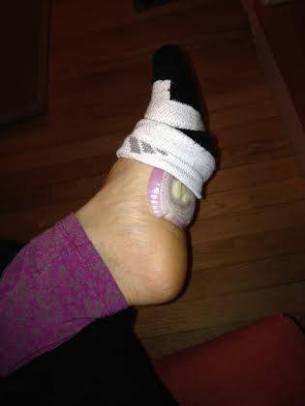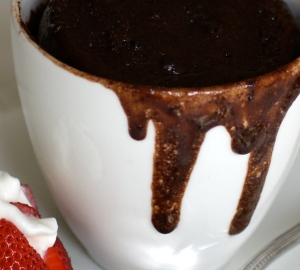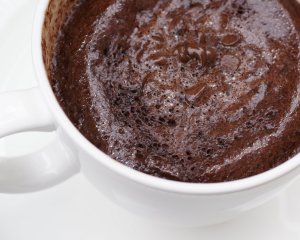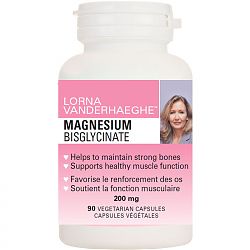Raw ONION on bottom of the feet to take away illness.
During the night, I started feeling good. I mean really good! I felt tingly, like my blood was being cleansed (it was). It was so cool!
My bedroom smells like a casserole, but it was totally worth it!
***Here is the deal:::
So last night Evan (11) was keeping everyone awake with his cough. I got up, went to the kitchen and sliced a purple, make me cry onion, at 3am. I got some snug socks and put it on the bottom of his feet. To boost my own immunity, I decided to try this too. During the rest of the night, I started feeling good. I mean really good! I felt tingly, like my blood was being cleansed. It was so cool!
This works in 2 ways.
1.) Onions are known to absorb toxins. In fact, during the days of the Plague in England, folks would keep chopped onions around to absorb toxins and clean the air. This helped protect them, against getting the plague.
NEVER SAVE AN ONION. It will absorb all the toxins in the air of your refrigerator. Eat that and you eat the toxins. Instead: Chop your left over onion, put it on a plate and keep it in your kitchen as a natural air purifier. I do this all the time! If someone is ill, place a chopped onion on the night stand, next to the bed. They’ll be better in the morning. I placed the remaining onion, next to Evan last night.
Onions are toxin absorbers. Thus why they are great internal mops for the body. Eat plenty of onions!
2.) The onion and garlic families are anti-microbial and anti-bacterial. Placing them on the bottom of the foot gives them access to your internal organs through meridians in your body. The onion can be directly delivered. Transdermal delivery (on the skin) is one of the best delivery mechanisms, as it will bypass the stomach acids and go directly into the blood. The bottom of the feet and the forearm are great places to put high powered foods and essential oils into the body. Sliced garlic on the bottom of the feet will work nicely too.
Evan woke up cough free and hopped on the bus this morning.










